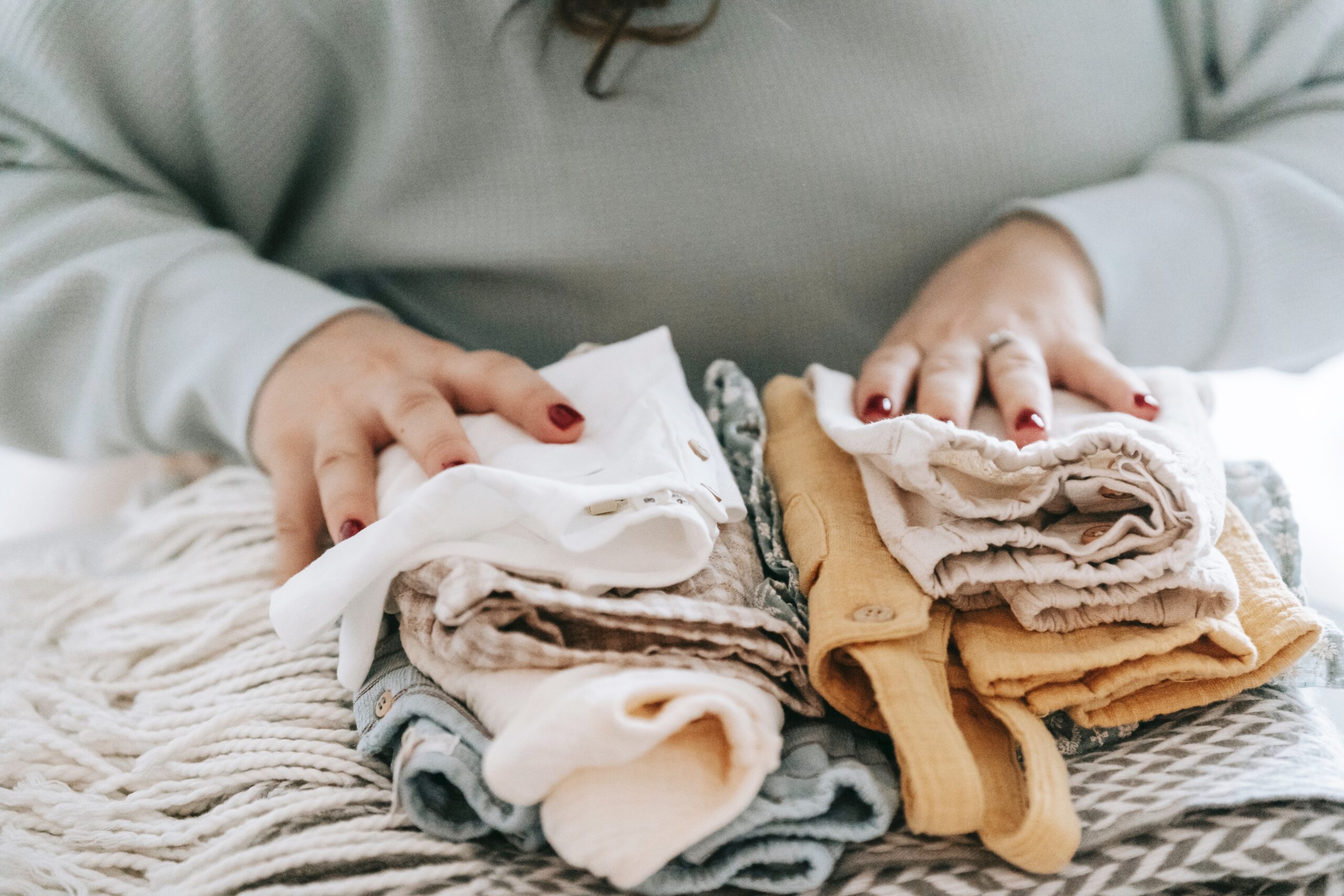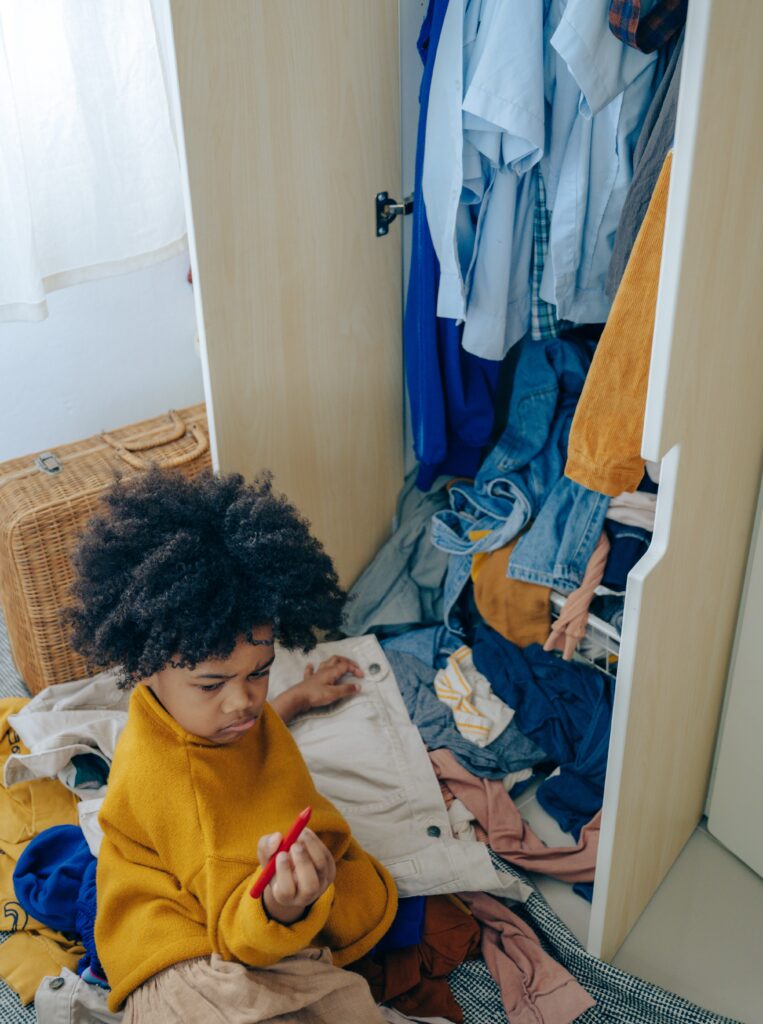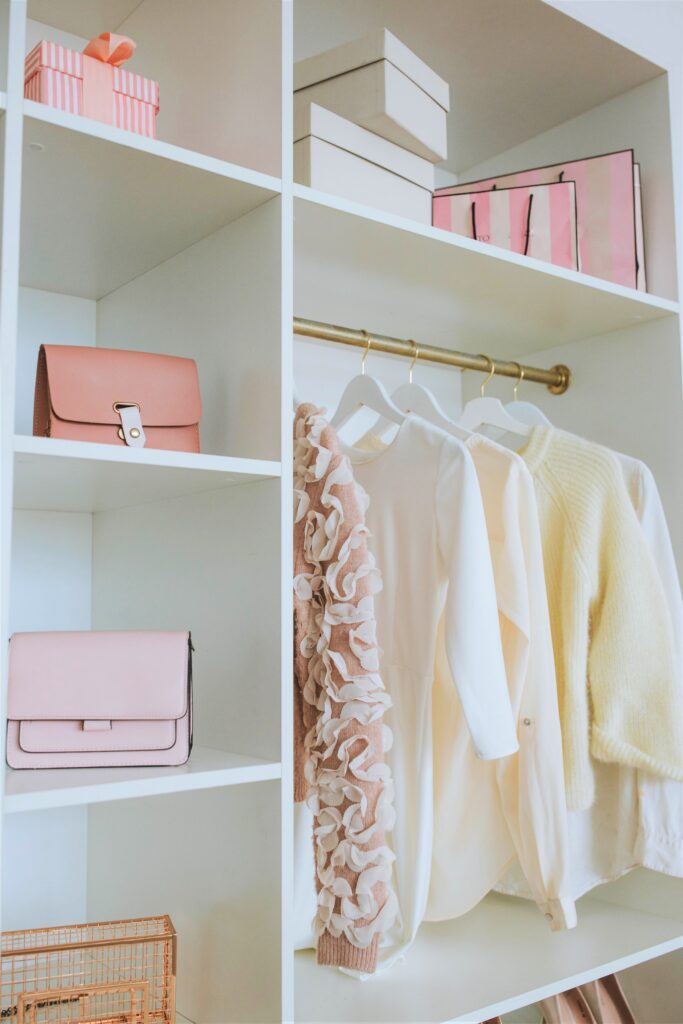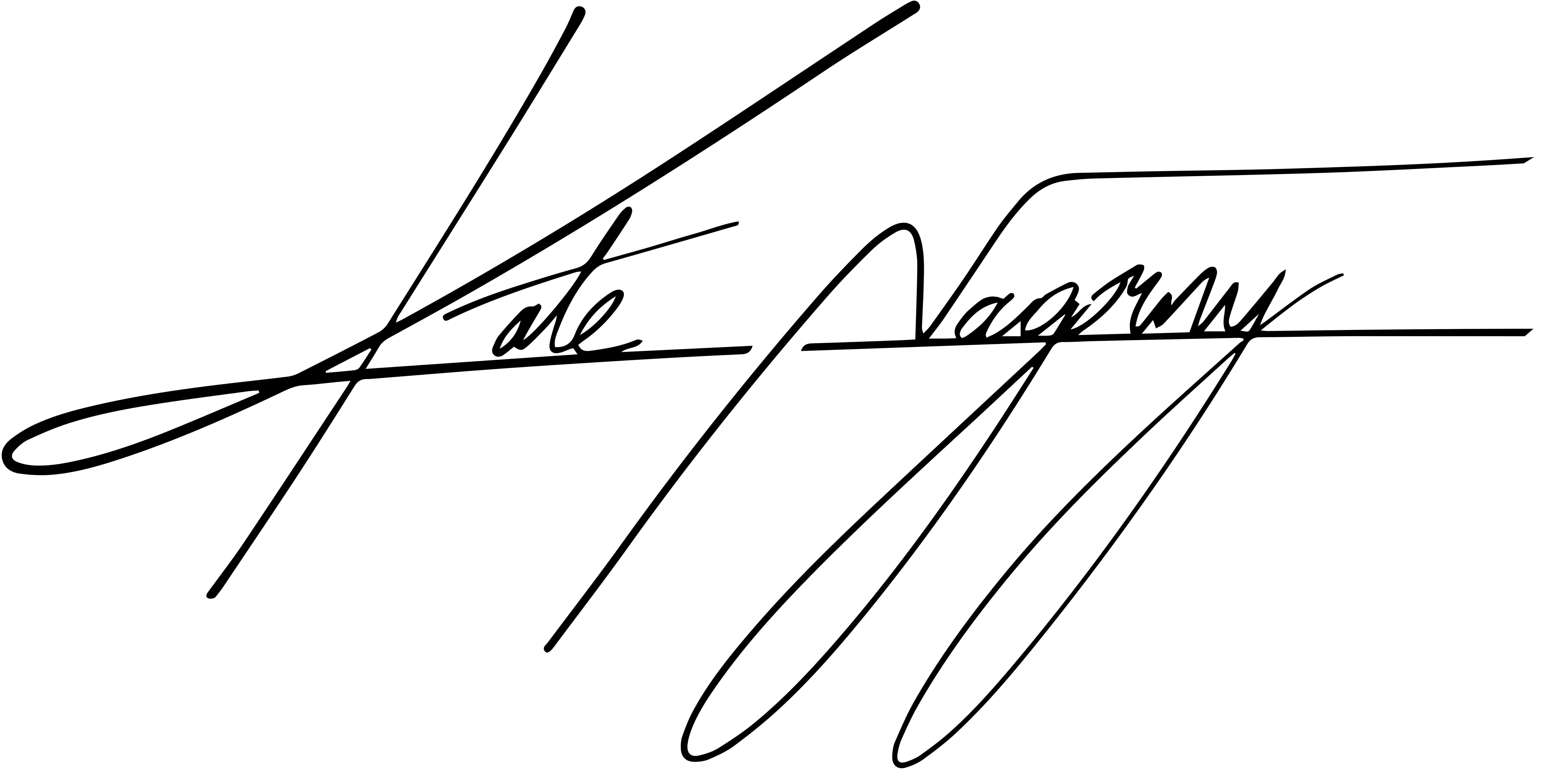
The KonMari Method of Decluttering Your Life

Marie Kondo is well known for her simple, yet highly effective KonMari Method of decluttering and tidying up homes and spaces. Today, we’ll go over her method in detail so you can give it a try in your own space. I’ll guarantee you won’t regret trying it!
KonMari is well known and loved by millions for the freedom it’s given them from previously cluttered lifestyles. Many people today have a lot more stuff than they will ever need and our culture promotes buying more and more constantly whether keeping up with the Joneses (the Joneses are broke btw) or because your form of stress therapy is shopping. Whatever the reason, you’re probably reading this because you realize that you have too much stuff and want to simplify and organize your home.
KonMari - What is it?
KonMari is a method perfected by tidying guru Marie Kondo that is based on a few simple rules and utilizes categories to get clutter under control and change your mindset so that it stays that way. It is based on a Japanese organization method that less is more. On top of decluttering, it also includes ways of organizing that will make it easier to maintain for the long term.
Why Declutter and Tidy Up?
When your home is full of clutter, it has a number of negative effects on your life. Your cortisol levels rise, your stress increases, you aren’t able to focus, your creativity goes down, and overall, it’s much harder to live the life you want to when you’re surrounded by clutter.
Once your home is in order, it is much easier to keep it that way because anything you want to own is actually a question of how you want to live your life. This method doesn’t center around any specific lifestyle (minimalism looks great on TV but isn’t always realistic when you have a family) but instead focuses on the lifestyle you want, no matter what that looks like.

This is NOT a Quick Fix
In a society where when we want something, we want it now, you need to understand that decluttering and tidying is not done overnight. This is a marathon and not a sprint. It’s a lifestyle and perspective change that takes some time to implement and develop. If you just follow the method once but do not change your perspective when it comes to your space and stuff, I can guarantee that the clutter will come back and you’ll find yourself right where you began.
Rules of the KonMari Method
There are 6 rules to the KonMari method and they are:
- Commit Yourself to Tidy Up
- Imagine Your Ideal Lifestyle
- Finish Discarding First
- Tidy by Category, Not Location
- Follow the Right Order
- Ask Yourself If It Sparks Joy
The first 2 are mental exercises that are done before you touch anything in your home. Once you’ve made the mental commitment to yourself to get your home tidy and organized, you need to know what that looks like so you know where to start. Imagine your ideal lifestyle. What does your living room look like? What furniture is there? How do you see your family spending time in the space? Do this for every area in your home. Think about what your day will look like? How will you feel? Now, this isn’t a daydreaming session of having a pool in a mansion with people to clean for you. You need to imagine yourself in the space you currently have but what your ideal lifestyle will look like within that space.
Categories and Order of KonMari
In KonMari, instead of decluttering by space, it’s done by category since you may have stuff from the same category in various places around your home.
The 5 categories are:
- Clothes (Clothes, Shoes, Jewelry, and Accessories)
- Books
- Papers
- Komono: Miscellaneous Items
- Sentimental Items
It’s important to do these in order because it goes from the easiest categories and helps you work up to the hardest. It takes time to hone your decision-making skills and learn what sparks joy for you. It’s important that you do this with your family because you can’t decide what sparks joy for your spouse or kids. They need to make those decisions for themselves.
For example, when you start with clothes, you’ll want to gather them all from your closets, storage bins, and anywhere else you may have some. I personally put them all on my bed to make this easier and was amazed at how much I actually had.

Getting Started: Focus on What to Keep
Now that you have all of your clothes out whether on the bed, table, or floor, look at what you want to keep first. Most methods look at what to get rid of but it’s a lot easier to cut down if you only look at what you want to keep. Choose clothing that you wear and sparks joy when you wear or see it. Here is a step-by-step look at how to do this.
- Pick up each individual item.
- Ask yourself if it sparks joy in your life. This means you feel great when you wear or use it. As Marie says, “you should feel a little thrill.”
- If the item sparks joy, keep it! Put it in a “keep” pile.
- If the item doesn’t spark joy, let it go.
Go through this process with each and every item in the category you’re working on.
How to Discard Your Items
Once you’ve gone through everything, you’ll have a pile of things that need to be discarded. Instead of throwing them away or shoving them in a bag, Marie sees an opportunity to learn from all the items in your life, even the ones you’re discarding.
When letting go of an item you’ve used a lot, show gratitude for how it served you and enhanced your life. When letting go of an item that you never used, it shows you that you have no use for an item like that in your life. By doing this, you learn more about what you need, use, and what enhances your life which makes it easier to decide what to buy going forward.

Everything Has a Home
“A place for everything and everything in its place” is a common saying among people who have uncluttered and tidy homes because it’s true. No matter how little you have, your home will look and feel cluttered if it’s all just strewn about. Once you’ve gone through the discarding step, you’ll need to find a home for everything that brings you joy.
When putting things away, keep similar items together and keep it simple. Make it make sense. You wouldn’t store your swimsuit in the hall closet by the front door and putting your winter coat in your bedroom closet makes it harder when you need to go out.
For example, in my case, I keep my summer clothes together and my winter clothes together. Whichever season it is is hung on the top rack in my closet and the off-season stuff on the bottom. When the weather changes, I switch them for easier access. Our coats go downstairs in the coat closet or on the coat rack. Current season stuff is out on the rack and off-season is in the closet. This gives us plenty of space for guests to hang their stuff on the rack as well as making it easy for us to get out the door.
Conclusion:
Marie Kondo has made tidying up and decluttering a simple process to follow to help people make lifestyle changes that last forever. Because of this, you don’t have to declutter every year or constantly fight to keep it at bay. It gives you back your life, space, and time to use in more meaningful ways.
Have you tried the KonMari method in your home? If so, please share your story or suggestions below in the comments.
- Tags: clean, declutter, konmari, organization, organize





